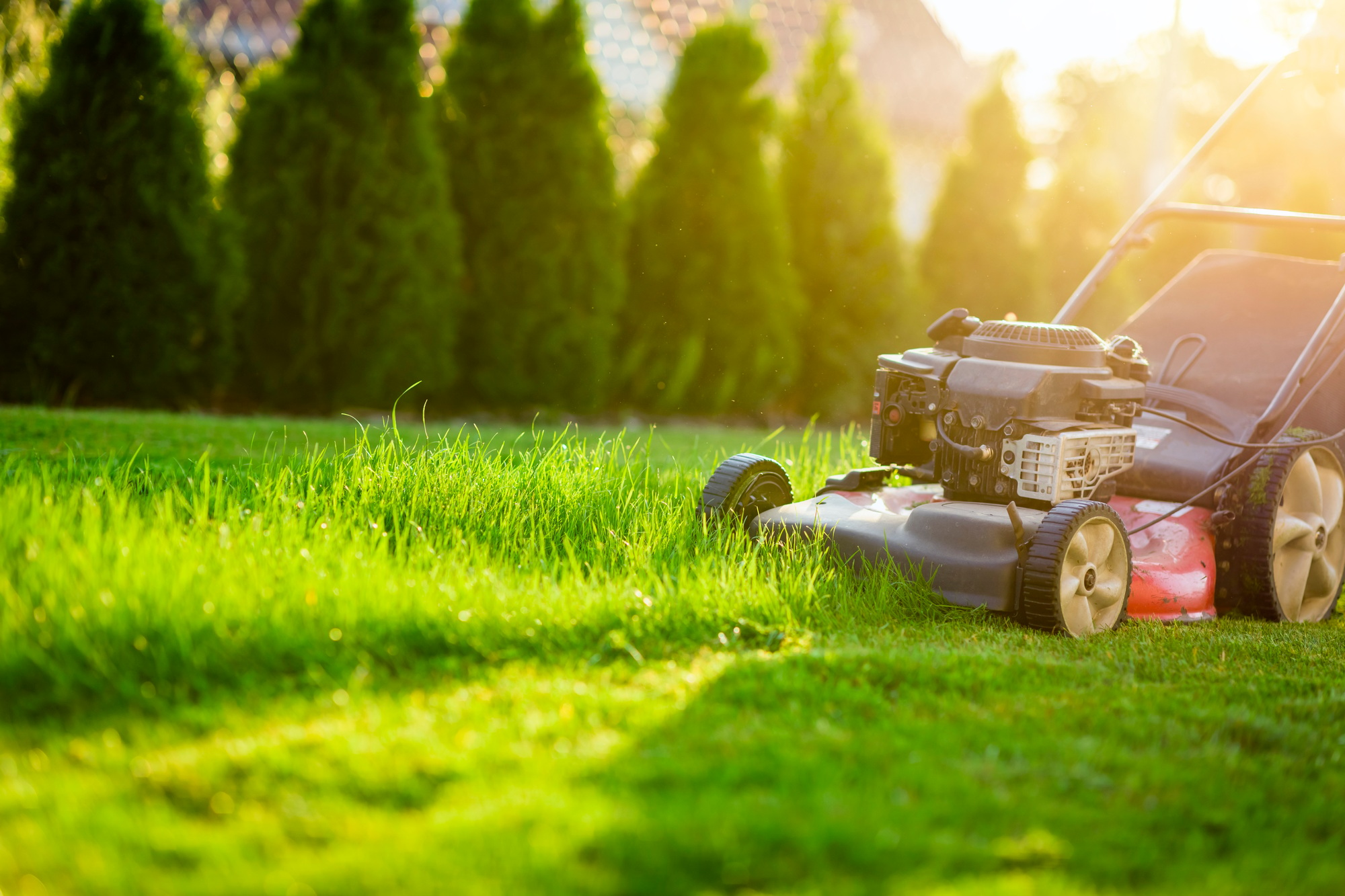When it comes to lawn care, mowing might seem straightforward—but the height at which you cut your grass can significantly impact your lawn’s health and appearance. Cutting too short or too infrequently can stress the grass, make it more susceptible to weeds, and even stunt its growth. By understanding the ideal mowing height for your grass type and the time of year, you can promote a greener, more resilient lawn.
Know Your Grass Type:
Different grass species thrive at different mowing heights. For cool-season grasses like Kentucky bluegrass, fescue, or ryegrass, the optimal height is typically between 2.5 to 4 inches. Warm-season grasses like Bermuda, zoysia, and centipede do better when kept shorter—generally between 1 and 2.5 inches. Identifying your grass type is the first step toward determining the right mowing height.
Know Your Grass Type:
A common mistake many homeowners make is cutting the lawn too short in an effort to reduce mowing frequency. Known as “scalping,” this can damage the crown of the grass (where growth occurs), exposing soil to sunlight and inviting weeds. As a rule of thumb, never remove more than one-third of the grass blade in a single mowing. This keeps the plant healthy and minimizes stress.
Seasonal Adjustments Matter:
During the hot summer months, it’s wise to raise your mower blade slightly. Taller grass shades the soil, helping to retain moisture and protect roots from heat stress. In cooler seasons, you can lower the cutting height slightly to prevent matting and prepare the lawn for dormancy—but never cut it too short.
Sharper Blades, Healthier Lawn:
Mowing with dull blades can tear grass blades rather than cut them cleanly, leading to ragged edges that brown quickly and make your lawn more vulnerable to disease. Keeping your mower blades sharp ensures a clean cut, helping your grass recover faster and look its best.
Maintaining the right mowing height is one of the simplest yet most effective ways to improve your lawn’s health and appearance. It supports deeper roots, reduces weed growth, and helps your lawn better withstand drought and seasonal changes. If you’re unsure about the best mowing height for your specific grass type, consult a local landscaping expert or your area’s cooperative extension service for tailored advice.


